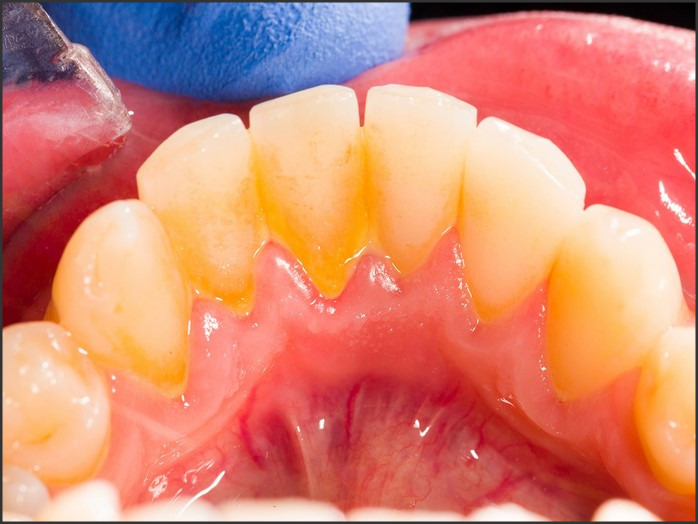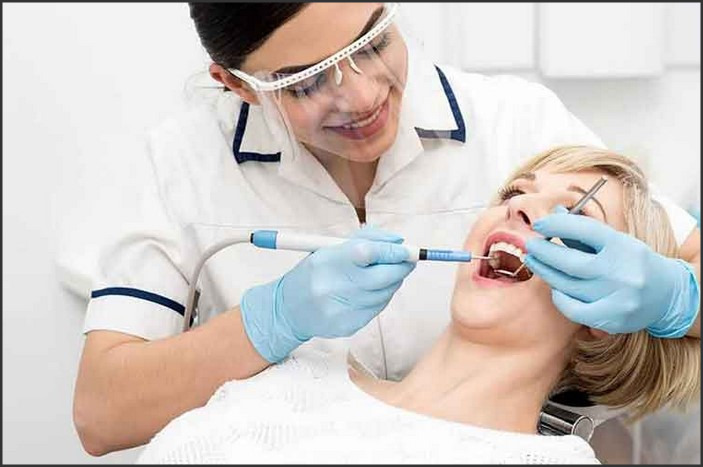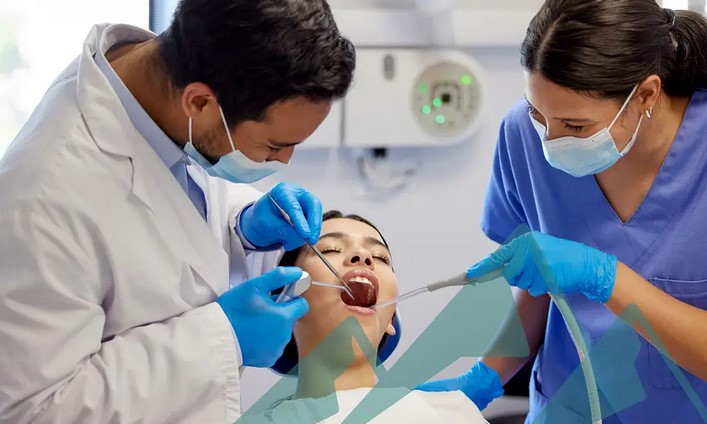
When it comes to maintaining overall health, certain routines and habits play a crucial role in preventing a wide array of health issues. One of the most vital but often overlooked aspects is the importance of regular cleanings—whether it’s your teeth, your home, or your body. Regular cleaning routines, especially in areas that come into direct contact with harmful bacteria, pollutants, or irritants, can help avoid infections, diseases, and promote longevity. This article will focus on how cleaning routines are essential for your health, with a particular emphasis on the importance of regular cleanings for both dental hygiene and home maintenance.
The Connection Between Hygiene and Health
The adage “cleanliness is next to godliness” holds much truth when it comes to health. The more regularly you clean your environment and your body, the fewer opportunities harmful bacteria and pathogens have to thrive. However, the impact of poor hygiene goes far beyond surface-level issues—it can have serious consequences for your overall well-being.
1. The Importance of Regular Cleanings for Oral Health
One of the most immediate and obvious reasons to practice regular cleaning is the impact it has on oral health. The importance of regular cleanings cannot be overstated when it comes to preventing cavities, gum disease, and other dental problems. Visiting your dentist for cleanings every six months allows professionals to remove plaque and tartar buildup, which, over time, can lead to tooth decay and gum infections.
When plaque is not properly removed, it hardens into tartar, which can only be removed through professional dental cleaning. If left untreated, tartar buildup can lead to gingivitis, the first stage of gum disease, and eventually periodontitis, a more severe form of gum disease that can cause tooth loss and other systemic health problems.
Furthermore, regular dental cleanings help identify early signs of oral cancer, cavities, and other hidden oral issues that may not be immediately visible to you. Keeping your teeth clean and your gums healthy is an investment in both your oral health and your overall health, as poor oral hygiene has been linked to conditions like heart disease, stroke, and diabetes.
2. Health Risks from a Lack of Regular Cleanings
Failing to maintain regular cleaning routines can lead to a range of health problems. For example, when plaque and tartar accumulate in the mouth, they can harbor bacteria that enter the bloodstream and contribute to systemic inflammation, which affects heart health. Similarly, not cleaning your living environment—such as frequently washing sheets, wiping down counters, or vacuuming—can expose you to allergens, mold, and dust mites, all of which can lead to respiratory issues, allergies, and asthma.
In the case of your home, neglecting routine cleaning can also lead to the buildup of harmful pathogens. Kitchens, bathrooms, and floors are common places for bacteria and viruses to thrive, which can easily lead to infections if not regularly disinfected. In fact, the Centers for Disease Control and Prevention (CDC) recommends daily cleaning and disinfecting high-touch surfaces, especially during flu season or in the case of COVID-19, to prevent the spread of germs.
The lack of proper hygiene in these areas not only puts you at risk for infections but also compromises your mental health. An untidy, cluttered environment can contribute to feelings of stress and anxiety, making regular cleaning vital for both physical and emotional well-being.
How to Incorporate Regular Cleanings into Your Routine
The good news is that incorporating cleaning routines into your daily or weekly schedule can be simple and straightforward. Here are some actionable tips on how to maintain a healthy cleaning routine, whether it’s for your teeth, home, or even your body.
1. For Your Teeth: Regular Brushing and Professional Cleanings
Brushing your teeth at least twice a day and flossing daily are non-negotiable components of good oral hygiene. However, these practices alone are not sufficient. Professional dental cleanings performed by a hygienist are necessary to remove plaque and tartar buildup that regular brushing cannot address.
Here are a few tips to keep your oral hygiene in check:
- Brush your teeth for at least two minutes, using fluoride toothpaste.
- Floss every day to remove food particles and plaque between your teeth.
- Avoid sugary or acidic foods, which can contribute to plaque buildup.
- Use mouthwash to help kill bacteria and freshen your breath.
- Visit your dentist regularly for checkups and professional cleanings.
By maintaining a disciplined approach to oral care, you can prevent costly dental treatments down the road and protect your general health.
2. For Your Home: A Cleaning Schedule
To maintain a clean and healthy home, creating a cleaning schedule is essential. While daily cleaning can feel overwhelming, breaking tasks down into manageable chunks makes it easier to stay on top of things. For example:
- Daily tasks: Wipe down kitchen counters, sanitize high-touch surfaces (doorknobs, light switches, etc.), make the bed, and sweep high-traffic areas.
- Weekly tasks: Vacuum floors, clean bathrooms, wash linens, and mop hard surfaces.
- Monthly tasks: Clean windows, dust ceiling fans, and deep clean appliances like the oven and refrigerator.
It’s important to target areas that are more prone to germs, such as kitchens and bathrooms, and focus on regular disinfecting. Using eco-friendly cleaning products can also reduce your exposure to harsh chemicals and create a healthier living space.
3. For Your Body: Self-Care and Hygiene
Taking care of your body is just as important as cleaning your surroundings. Regular bathing, hand washing, and maintaining good personal hygiene are all essential for staying healthy. Additionally, self-care practices like using moisturizers, exfoliating, and regularly trimming your nails can prevent skin infections and improve overall skin health.
Make time for body hygiene routines such as:
- Showering regularly with antibacterial soap to eliminate bacteria from the skin.
- Keeping nails trimmed and clean to avoid infections.
- Washing your hands frequently to prevent the spread of germs.
- Using sunscreen daily to protect your skin from harmful UV rays.
By adopting consistent body care practices, you help maintain a strong immune system and reduce the risk of developing skin conditions, infections, and illnesses.
The Long-Term Benefits of Regular Cleanings
Regular cleanings, whether for your teeth, your home, or your body, are investments that provide long-term benefits for your health and well-being. Not only do they help to prevent a wide range of diseases and infections, but they also contribute to improved mental health, productivity, and energy levels.
When you make cleaning routines a priority, you lower your risk for chronic conditions like heart disease, diabetes, and respiratory issues. You also ensure that your living environment remains a safe and comfortable space, free of allergens and contaminants that could trigger health problems. By taking the time for the importance of regular cleanings, you empower yourself to live a healthier, more fulfilling life.
The importance of regular cleanings is undeniable when it comes to both physical and mental health. Whether it’s cleaning your teeth to prevent gum disease or cleaning your home to eliminate allergens and bacteria, regular cleaning routines serve as a cornerstone of good health. By prioritizing cleanliness and hygiene, you protect yourself from preventable diseases, infections, and other health complications. Remember, a little effort invested in regular cleanings today can lead to a lifetime of good health and well-being.

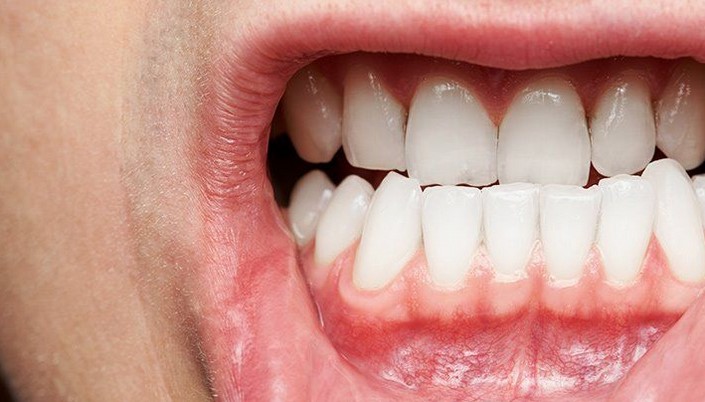
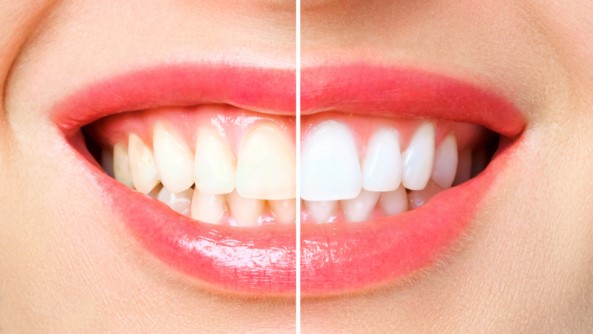
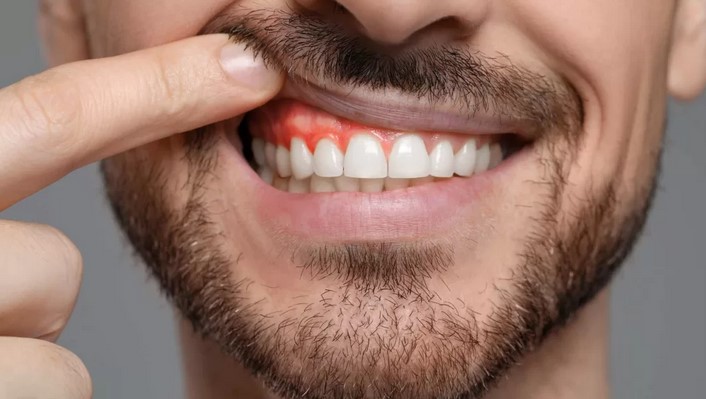
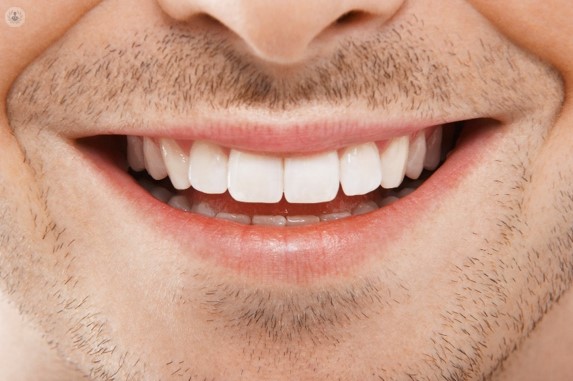
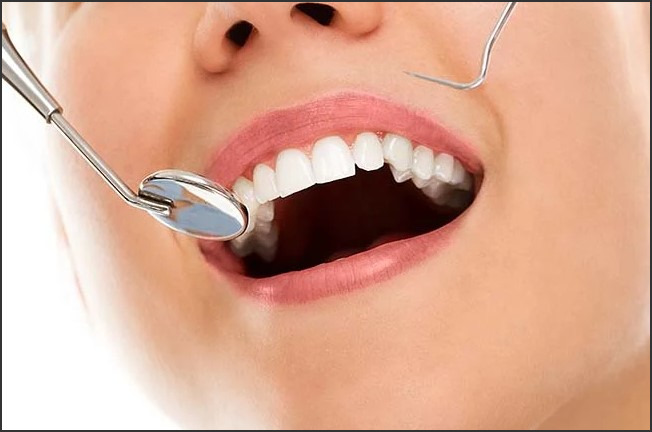
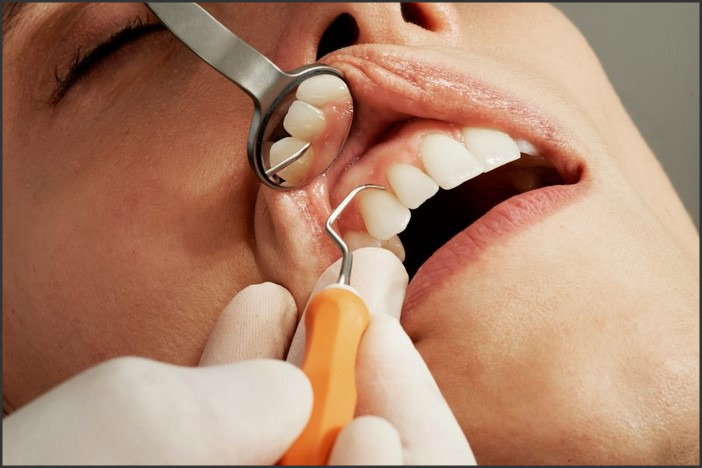
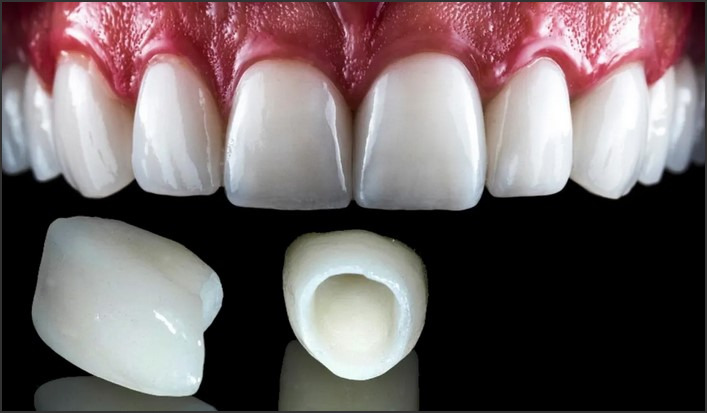
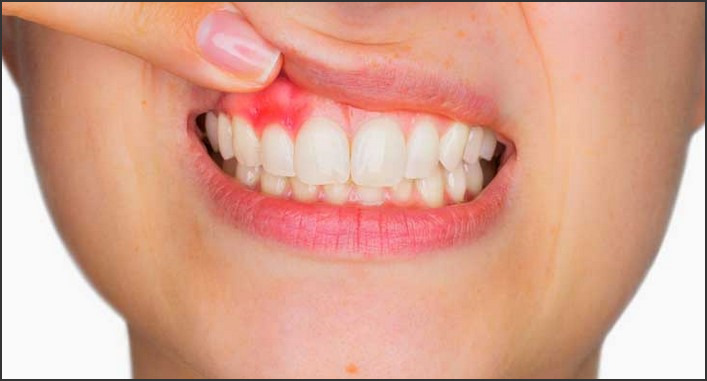

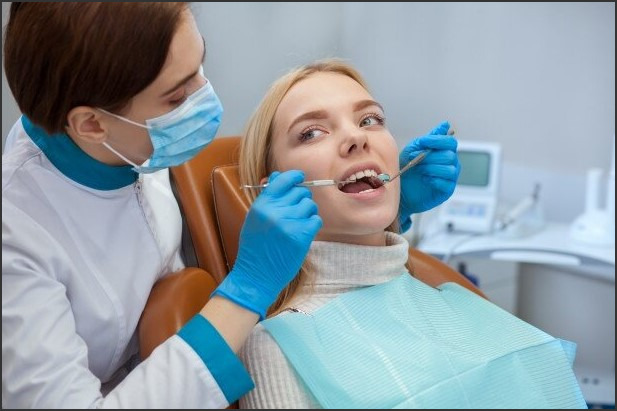
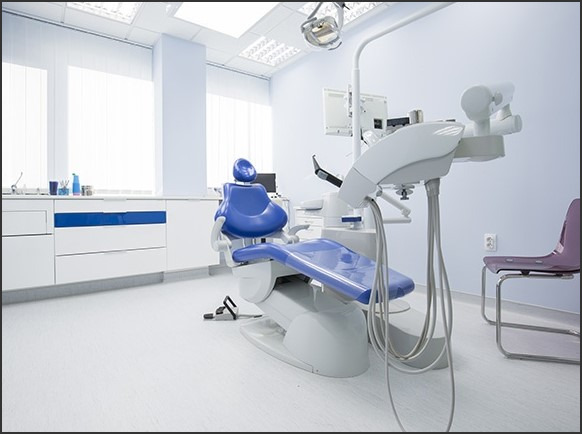 The American Board of Prosthodontics (ABP) is a professional organization dedicated to promoting excellence in the field of prosthodontics. Established in 1975, the ABP is the only certifying board recognized by the American Dental Association (ADA) for the specialty of prosthodontics. The ABP is committed to providing the highest standards of care for patients and to advancing the specialty of prosthodontics through rigorous credentialing and continuing education. The ABP is dedicated to promoting the highest quality of care for patients and to advancing the specialty of prosthodontics through credentialing and continuing education. The ABP is committed to providing the highest standards of care for patients and to advancing the specialty of prosthodontics through rigorous credentialing and continuing education.
The American Board of Prosthodontics (ABP) is a professional organization dedicated to promoting excellence in the field of prosthodontics. Established in 1975, the ABP is the only certifying board recognized by the American Dental Association (ADA) for the specialty of prosthodontics. The ABP is committed to providing the highest standards of care for patients and to advancing the specialty of prosthodontics through rigorous credentialing and continuing education. The ABP is dedicated to promoting the highest quality of care for patients and to advancing the specialty of prosthodontics through credentialing and continuing education. The ABP is committed to providing the highest standards of care for patients and to advancing the specialty of prosthodontics through rigorous credentialing and continuing education.